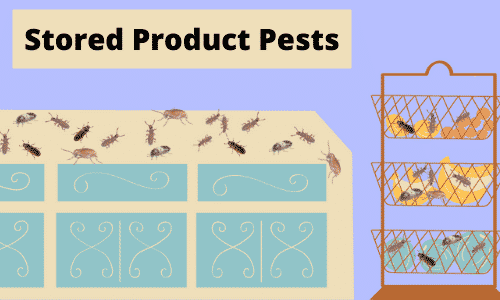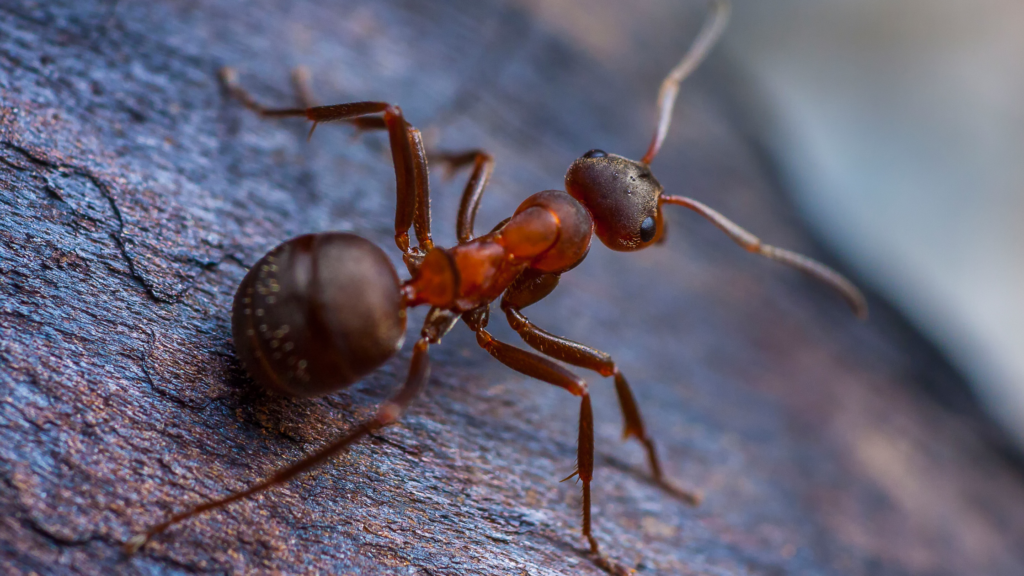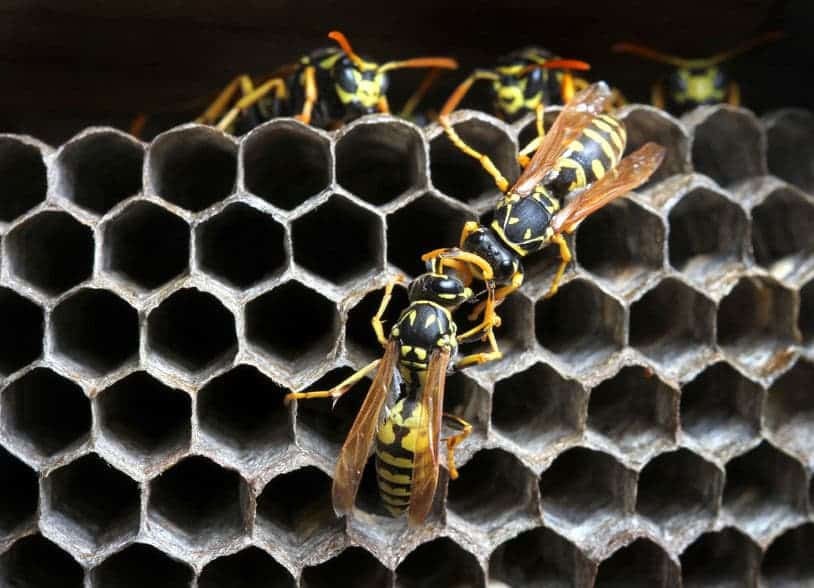
Stored Product Pests
We’re diving into the dreaded stored product pest, aka “pantry pests,” and are eager to share these facts! You probably find these tiny bugs repulsive and hope you never encounter them but the more you know about these pests, the easier it will be for you to keep them out of your pantry and home.
So what are stored products pests? This type of species includes several dozen insects, most of which are small beetles or moths, that typically find their way to your pantry looking for a food source. It’s common for these pests enter your home through products purchased at the store where they had already entered a food package that was not tightly sealed. The female will lay eggs and when the larvae hatch, they feed on the contaminated product. Stored product pests can also find their way in from cracks or crevices in windows, doors, screens or other small openings.
Below are four types of stored product pest common in our area.
CONFUSED FLOUR BEETLE
Have you ever heard of a confused flour beetle? While confused flour beetles cannot feed on whole, undamaged grain, they are often found in large numbers in infested grains, feeding on broken grain, grain dust, and other household food items such as flour, rice, dried fruit, nuts, and beans. They are also found in crevices in pantries and cabinets. Damage to food is caused somewhat by the beetles’ feeding, but also by their dead bodies, fecal pellets, and foul-smelling secretions. In addition to creating an unpleasant odor, the beetles’ presence also encourages the growth of mold.
The confused flour beetle female deposits about 300-500 clear-white eggs on or among food materials in cracks, in bags, or through the mesh of sacks containing food. They are attracted to light even though they apparently do not fly.

SPIDER BEETLE
Spider beetles are primarily scavengers with many species feeding on both plant and animal origin materials. They feed on grain products, seeds, dried fruits, meats, fish meal, wool, hair, feathers, skins, drugs, roots, rodent droppings, insect and other animal carcasses, and plant and museum specimens. Besides being found in human food, warehouses, food-handling establishments, granaries, mills, museums, and homes, they are also found in the nests of bees, wasps, birds, mammals, as well as in bat caves and on dry carrion.
Relatively few eggs, maybe up to 100 but often fewer, are laid in, on or near larval food material. Many species are active only at night, hiding in cracks, crevices, and voids during daylight. Some can fly, others cannot… what a fun surprise!

LARDER BEETLES
Larder beetles are found throughout the U.S. and the world, so you might say they’re pretty common. The adults and larvae feed on all kinds of animal products such as dried fish, ham, bacon, meats, cheese, dried pet food, and dried museum specimens including insects, hides, feathers, horns, and hair. Adult females lay their eggs on suitable larval food or in cracks and crevices where such food is stored.

SAWTOOTHED BEETLE
These critters are found worldwide, making them a pest of concern for all of us. Even fully grown, the adult beetle is very small, about 1/10 inch long. They are flat and brown with the segment just behind the head (pronotum) having characteristic “sawtoothed” outer margins, bearing six “teeth” on each side.
Sawtoothed beetles find their way into stored grains, flour, sugar, nuts and other dry material of plant origin through cracks and crevices of imperfectly sealed containers. They are incapable of attacking sound grain kernels and often occur in food previously infested by other stored product pests. This pest may be found infesting dry goods, crawling around kitchen surfaces and occasionally underneath tree bark. Development from egg to larvae occurs in 3 to 10 days, with larvae becoming adults within 50 days. Four to six generations can occur annually.

WHAT TO DO
When it comes to stored product pests like these, your best offense is a good defense. Be sure to stay vigilant when it comes to cleaning up crumbs, securing loose food items, and generally maintaining a safe cooking and eating environment. The last thing you want to see when you open up your pantry is a bunch of these little guys, that much we know so here’s three tips to help you avoid pantry pests.
- Store dried foods in plastic or glass containers that have tight-fitting lids. This will help keep the insects out so your food does not get contaminated.
- Keep your pantry clean and organized. A few pieces of loose grain on the back of the shelf can quickly attract insects, where they will hide and breed, then infestation begins.
- Check your pantry regularly. These insects are tiny, hard to see and can be difficult to control so you’ll want to stay ahead of any problems they bring.
Concerned you might have storage pests in your pantry? Turner Pest Control can help eliminate these pesky critters so give us a call at (800) 225-5305 or request an inspection today!



